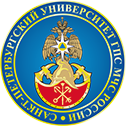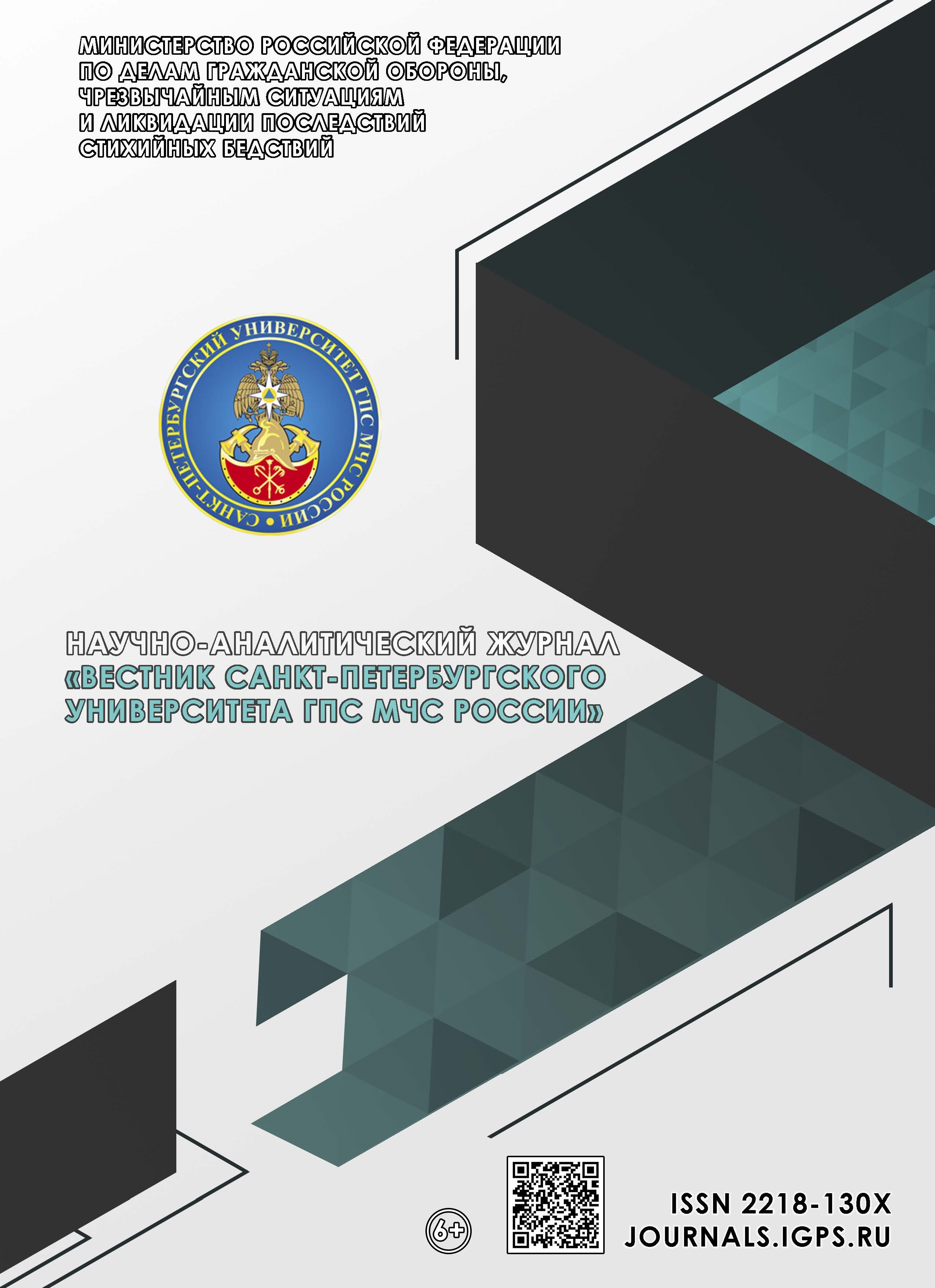Russian Federation
Russian Federation
Russian Federation
A model has been developed for the integral assessment of the training of unmanned aerial vehicle control calculations in the face of enemy counteraction by analyzing the process of delivering unmanned aerial vehicle cargo to hard-to-reach areas, which makes it possible to evaluate the effectiveness of unmanned aerial vehicle use based on the probability of successful cargo delivery in a time not exceeding a given time. The model is based on the application of the method of topological transformation of stochastic networks. The cargo delivery process is presented as a stochastic network with further definition of its equivalent function and application of Heaviside decomposition to determine the distribution function and mathematical expectation of the cargo delivery time. This representation of the process under study made it possible to take into account the destructive effect on the unmanned aerial vehicle from the attacker. The initial data are parameters characterizing the properties of particular processes included in the stochastic network in the form of branches and calculated using methods published in the materials of earlier studies.
equivalent function, unmanned aerial vehicle, enemy, subsystem of detection and interception of an unmanned aerial vehicle, flight mission, combat mission, mathematical model
1. AL-Dosari K., Hunaiti Z., Balachandran W. Systematic Review on Civilian Drones in Safety and Security Applications // Multidisciplinary Digital Publishing Institute. 2023. Vol. 7. № 3. DOI:https://doi.org/10.3390/drones7030210.
2. Alsamhi S.H., Ma O., Ansari M.S., Almalki F.A. Survey on collaborative smart drones and internet of things for improving smartness of smart cities // IEEE Access. 2019. Vol. 7. P. 128125–128152. DOI:https://doi.org/10.1109/ACCESS.2019.2934998.
3. Chen H., Hu Z., Solak S. Improved delivery policies for future drone-based delivery systems // European Journal of Operational Research. 2021. Vol. 294. № 3. P. 1181–1201. DOI:https://doi.org/10.1016/j.ejor.2021.02.039.
4. Burenok V.M. Formirovanie novyh vzglyadov na primenenie bespilotnyh letatel'nyh apparatov na osnove analiza opyta special'noj voennoj operacii // Vooruzhenie i ekonomika. 2024. № 1 (67). S. 5–8.
5. Gorchica G.I. Rol' i mesto robotizirovannyh aviacionnyh sistem v sovremennoj vojne. Prognoz razvitiya bezpilotnoj aviacionnoj voenno-transportnoj sistemy // Vooruzhenie i ekonomika. 2022. № 2 (60). S. 23–41.
6. Nauchno-metodicheskoe obosnovanie sposobov primeneniya bespilotnyh letatel'nyh apparatov dlya razvedki i porazheniya celej: monografiya / M.V. Sil'nikov [i dr.]. SPb.: NPO Specmaterialov, 2022. 412 s.
7. Moiseev V.S. Osnovy teorii effektivnogo primeneniya bespilotnyh letatel'nyh apparatov: monografiya. Kazan': Red.-izd. centr «Shkola», 2015. 444 s.
8. Makarenko S.I. Protivodejstvie bespilotnym letatel'nym apparatam: monografiya. SPb.: Naukoemkie tekhnologii, 2020. 204 s.
9. Ryumin A.V. Ocenka veroyatnosti porazheniya mikro-BLA strelkovym oruzhiem s pomoshch'yu imitacionnoj modeli // Prikladnye problemy bezopasnosti tekhnicheskih i biotekhnicheskih sistem. 2019. № 1. S. 24–31.
10. Guseva A.S. Durnev R.A. Ocenka zhivuchesti i effektivnosti bespilotnyh letatel'nyh apparatov: nekotorye vozmozhnosti metodicheskogo podhoda // Vooruzhenie i ekonomika. 2021. № 2 (56). S. 22–31.
11. Ocenka effektivnosti sistem protivodejstviya massirovannomu primeneniyu mini BPLA: metodicheskie osnovy / A.S. Guseva [i dr.] // Izvestiya Rossijskoj akademii raketnyh i artillerijskih nauk. 2021. № 1 (116). S. 57–61.
12. Imitacionnaya model' ocenki effektivnosti ognevogo protivodejstviya bespilotnym letatel'nym apparatam / N.V. Bykov [i dr.] // Imitacionnoe modelirovanie. Teoriya i praktika. IMMOD-2021: materialy Vseros. s mezhdunar. uchastiem nauch.-prakt. konf. SPb., 2021. S. 135–142
13. Fedulov V.A., Bykov N.V., Baskakov V.D. Ocenka effektivnosti sistemy porazheniya malorazmernyh bespilotnyh letatel'nyh apparatov metodom imitacionnogo modelirovaniya // Sistemy upravleniya, svyazi i bezopasnosti. 2023. № 4. S. 63–104.
14. Ryabuha V.P. Radiolokacionnoe nablyudenie bespilotnyh letatel'nyh apparatov (obzor) // Izvestiya vysshih uchebnyh zavedenij. Radioelektronika. 2020. T. 63. № 11. S. 655–669.
15. Rekomendacii po vypolneniyu ocenki prodolzhitel'nosti dostavki gruzov v rajon CHS s ispol'zovaniem BAS / E.S. Mihajlov [i dr.] // Aktual'nye voprosy pozharnoj bezopasnosti. 2024. № 3 (21). S. 15–20. DOI: org/10.37657/vniipo.avpb.2024.83.26.002.
16. Tipy i harakteristiki bespilotnyh letatel'nyh apparatov: obzor / A.V. Vavilonskij [i dr.] // Elektronnye sredstva i sistemy upravleniya: materialy dokladov XIX Mezhdunar. nauch.-prakt. konf. Tomsk, 2023. S. 60–62.
17. Mezon S., Cimmerman G. Elektronnye cepi, signaly i sistemy: per. s angl. / pod red. P.A. Ionkina. M.: Inostrannaya literatura, 1963.
18. Pristker A.A.B., Harp W.W. GERT: Graphical Evalution and Review Tecnique // The Journal jf Indastrial Engeneering. 1966. May. Part 1.
19. Privalov A.A. Metod topologicheskogo preobrazovaniya stohasticheskih setej i ego ispol'zovanie dlya modelirovaniya sistem svyazi VMF / pod red. prof. V.P. Chemirenko. M.: VMA, 2000. 66 s.
20. Korn G., Korn T. Spravochnik po matematike dlya nauchnyh rabotnikov i inzhenerov. M.: «Nauka», 1977.
21. Kurs artillerii dlya operatora kompleksa vozdushnoj razvedki s bespilotnym letatel'nym apparatom / M.V. Sil'nikov [i dr.]. SPb.: Pervyj IPH, 2022. 364 s.






